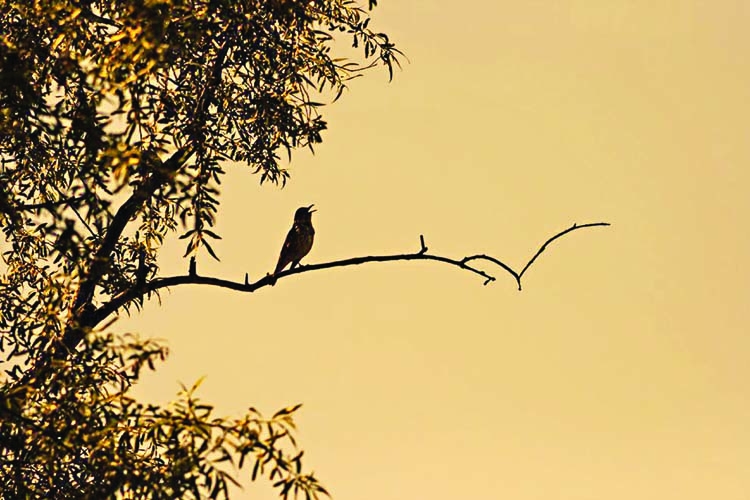Published: 12:54 AM, 03 December 2019
Why do birds migrate at night?

While plenty of birds - such as swallows, hawks and hummingbirds - migrate during the day, the majority of land birds travel at night. Although it would seem more difficult to fly when it's dark, there are good reason for the nighttime maneuvers.
"Migration at night has at least three advantages," writes Herb Wilson, a professor of biology at Colby College, in Maine Birds.
"Birds do not have to worry about falcon or hawk attacks. Second, the air in the atmosphere is usually less turbulent than during the day. Lastly, the air is cooler at night. A migrating bird produces a huge amount of excess heat that needs to be released. Most of the heat is lost from the unfeathered legs. The colder the air temperature, the more quickly that heat can be dumped."
Nighttime migrators include sparrows, warblers, flycatchers, thrushes, orioles and cuckoos. Most of these birds live in the woods and other sheltered habitat, Wilson points out. They aren't the most acrobatic fliers, so they need the dense coverage to avoid predators.
But flying at night is becoming more dangerous than it used to be. Lights on buildings and towers confuse and disorient birds, causing them to crash. TV, radio and cell towers cause as many as 7 million bird collisions each year in North America, says the American Bird Conservancy.
A well-lit high-rise can kill hundreds of migrating birds in a single night, an issue that has started to attract more public concern. In cities like New York, Chicago and Houston, some skyscrapers and other landmarks now have "lights out" programs during key bird migration times in the fall and spring.
How a special protein helps
How a special protein helps
Researchers believe birds use Earth's magnetic field to help them navigate while migrating. A protein called crypto chrome, which is sensitive to blue light, is thought to be the key to making this happen. But there has always been a question about how crypto chrome functions in such low-light situations.
In a study published in the journal PNAS, researchers recently found that crypto chromes from migratory birds have evolved to require less light and to allow their recognition of blue light to sense and respond to magnetic fields.
"We were able to show that the protein crypto chrome is extremely efficient at collecting and responding to low levels of light," said lead author Brian D. Zoltowski, a chemist at Southern Methodist University. "Birds have evolved a mechanism to enhance the efficiency. So even when there is very little light around, they have enough signal generated to migrate."
Mary Jo DiLonardo is a senior writer
and Editor at MNN
The article appeared in MNN
Mary Jo DiLonardo is a senior writer
and Editor at MNN
The article appeared in MNN




